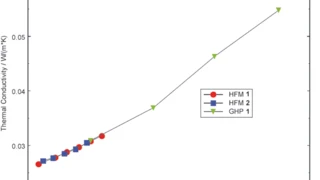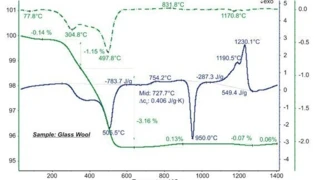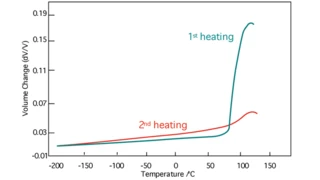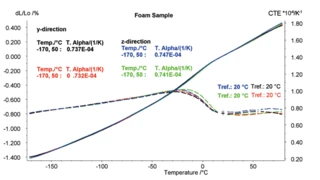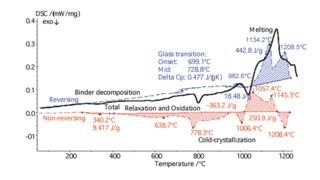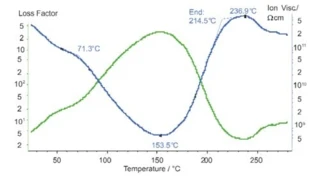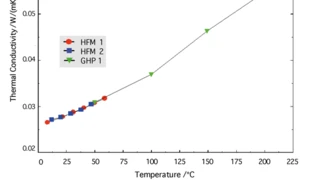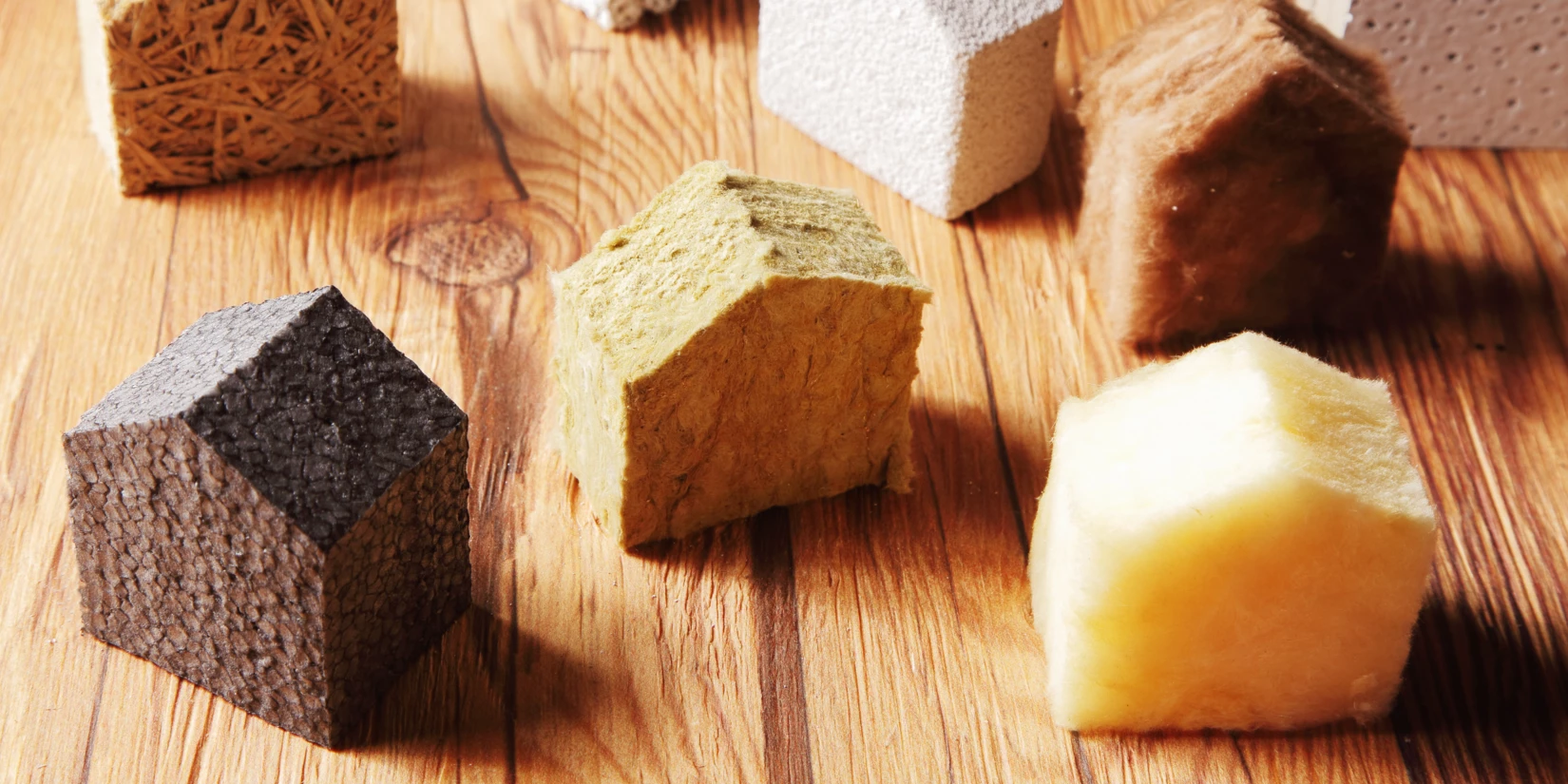
applications
Thermal Insulation Materials
Thermal insulation materials are specifically designed to reduce the heat flow by limiting heat conduction, convection and radiation.
During development and quality control, the extent to which thermal insulation materials fulfill their performance expectations is continuously scrutinized. NETZSCH offers a broad range of instruments for the characterization of Thermal ConductivityThermal conductivity (λ with the unit W/(m•K)) describes the transport of energy – in the form of heat – through a body of mass as the result of a temperature gradient (see fig. 1). According to the second law of thermodynamics, heat always flows in the direction of the lower temperature.thermal conductivity and other properties of insulating materials.
To analyze insulations with respect to their heat transfer behavior, a heat flow meter (HFM) or guarded hot plate (GHP) is normally used. These standardized measurement methods directly yield the Thermal ConductivityThermal conductivity (λ with the unit W/(m•K)) describes the transport of energy – in the form of heat – through a body of mass as the result of a temperature gradient (see fig. 1). According to the second law of thermodynamics, heat always flows in the direction of the lower temperature.thermal conductivity of insulation materials or the thermal resistance of multi-layer systems.
Using other thermoanalytical measurement techniques, the Thermal StabilityA material is thermally stable if it does not decompose under the influence of temperature. One way to determine the thermal stability of a substance is to use a TGA (thermogravimetric analyzer). thermal stability or composition of insulating materials can be investigated. The Curing (Crosslinking Reactions)Literally translated, the term “crosslinking“ means “cross networking”. In the chemical context, it is used for reactions in which molecules are linked together by introducing covalent bonds and forming three-dimensional networks.curing behavior of organic binders used in insulation materials can also be characterized by means of DEA (Dielectric Analysis).
Application Literature

